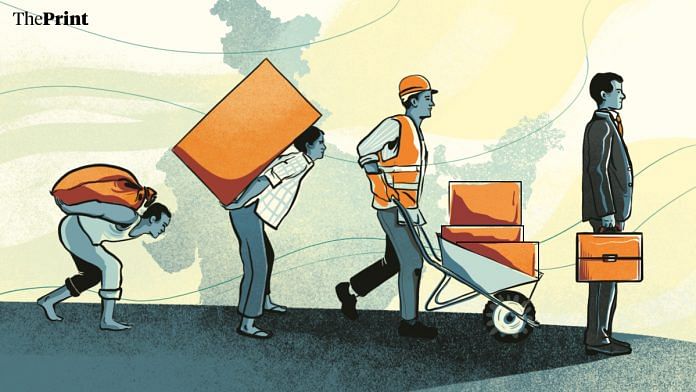As we approach the end of the new century’s first quarter, what is evident is that the high noon of globalisation has passed. Politics in the US and across Europe has become influenced heavily by anti-immigrant sentiment, mixed with cultural nationalism (the Italian prime minister weighs against “Islamic culture in Europe”, while Donald Trump speaks of immigrants “poisoning” American blood).
The economic debate, meanwhile, faults globalisation and “neo-liberalism” for current “discontents” about growing inequality and the lack of good jobs.
This is understandable in the West, which has ceded ground and jobs to challengers, and seeks to claw back both. But what about the countries that have benefited from globalisation, like China, which has become the world’s factory, and India its back-office and research centre? Both countries now look more inward. The share of trade in GDP has declined, while in India there is also a swing towards state intervention, protectionism, and subsidies. This, amid calls for new policy paradigms.
As it happens, the quarter-century of globalisation has seen a faster decline in global poverty than any previous quarter. The rhetoric notwithstanding, global inequality too has declined, because many poorer countries have done better than the richer ones.
By one calculation, the global Gini coefficient (a measure of inequality) has corrected sufficiently in the past quarter century to neutralise the increase in global inequality during all of the 20th century.
Separately, according to the World Inequality Report, the income multiple between the top 10 percent and the next 40 percent and even the bottom 50 percent has dropped.
That’s the global picture. What about inequality within countries? The World Bank data shows that the Gini coefficient’s deteriorating trend has reversed since Thatcher-Reagan, and improved over the past 20-plus years in many large countries, both developed (the UK, the US, France) and developing (China, Brazil, Mexico).
It has remained broadly unchanged in Turkey and Nigeria, but worsened somewhat in India and Indonesia. In a country ranking on inequality, India is still better than the median. Meanwhile, the most recent trends in developed-country wages suggest that, with growing worker scarcity, wages (adjusted for inflation) have started going up — certainly in the US, and now in some European countries too. That means inequality will come down further.
Also Read: Sanctions, prolonged war haven’t hurt Russia as much as West hoped, but long-term cost is inevitable
Globalisation includes movement of people (the flip side of the anti-immigration sentiment in the West). India has benefited from this through massive remittances that are much greater than any other country’s.
To be sure, India has not made a success of manufacturing as China has. But that country aside, India’s external account is broadly in balance for non-oil merchandise trade. Unlike in the West, manufacturing in India has not declined in relation to GDP; what it has failed to do is grow faster than GDP.
While India should be concerned about disparities, the fact is that whereas three decades ago about half the people had incomes greater than $2.15 a day (the global benchmark for absolute poverty), today seven out of eight do. And that is before accounting for the welfare measures and transfer payments of the most recent years. Meanwhile, at the top of the pyramid, Indians accounted in 2018 for only 1.5 percent of the world’s top income earners — up from 1.3 percent a decade earlier.
From a policy perspective, India’s poverty and inequality have a geographical context.
States in the heartland have grown less than those along much of India’s coast. Inequality would automatically come down if Bihar, Chhattisgarh, etc would find ways of doing better. This has to do with governance, health, and education services, and a state’s attractiveness to investors; not globalisation and its ideological accompaniments.
What remains is unemployment. The official statistics talk of the situation improving, but the numbers have been interpreted variously by expert commentators. The government’s production-linked incentives (PLI) can encourage some localisation of job-intensive assembly work (and hopefully, down the road, more depth manufacturing), but this is only a partial answer.
The difficult truth is that there is no easy answer to providing well-paying jobs. With that important caveat, India is in a good place compared to the start of the century. Two cheers for that.
By special arrangement with Business Standard.
Also Read: Indian businessmen are in fear & cheer mode, but feel Modi govt’s still their best bet



